South Sumatra, Sumatera Selatan in Indonesian language or in its shortest form, ‘sumsel’, has a lot to offer in terms of nature, culture, archaeological and historical attractions. There are thousands of waterfalls, hills, mountains, rivers and over 10.5 million warm friendly locals spread across 91.5 thousand square kilometers of land. The place has a certain mysticism about it.. ancient places of worship, unexplained dated stone sculptures and structures, haunting remnants of ruins of a bygone era, all spread throughout its region.
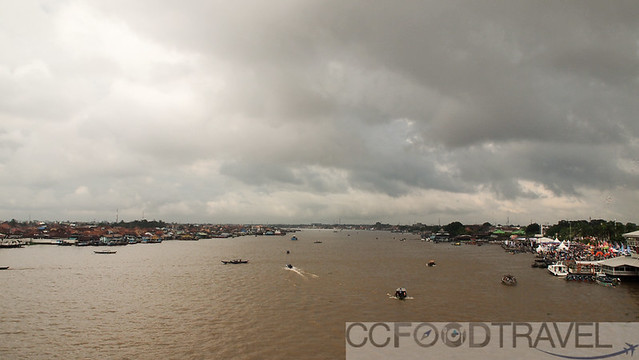
Musi River, Palembang
Palembang is South Sumatra’s capital city. It is one of the oldest cities in the South East Asia and the second largest city in modern day Sumatra. South Sumatra itself has a distinct connection with Malaysia. Malacca, one of Malaysia’s UNESCO heritage sites probably owes its existence to South Sumatra’s ancient thalassocratic (maritime) empire. In mid-14th century, a Palembang prince named Parameswara fled the declining empire to Temasek (Old Singapore) where he wrangled control of the island kingdom for several years before having to flee once again from invading Majapahit forces from Java. After finding his way to a coastal fishing village on the west side of old Malaya, he identified the area to have great potential as a thriving port on the straits, just as Srivijaya had been. Soon the village developed to become Melaka or Malacca, the famous kingdom which pirates, Malay empires, Dutch and Portuguese colonial forces would fight over in later centuries.

Musi River, Palembang

Road systems in South Sumatra are still under developed. Capital city traffic is heavy but not as jammed up as Jakarta or the other major cities in Java. The village highways here are 2 laned; very windy and undulating. Poorly lit for the night. Highway lanes that run into villages and small towns will never see further widening as kampung houses are virtually next to the heavily used roads, sometimes a gap of just 1 to 2 meters. Being both a passenger or a driver can be a harrowing experience. Large vehicles driving fast at blind spots along S-curved roads. Vehicles are parked indiscriminately on the side of busy roads, strangling the passage further – sometimes made more dangerous when parked at blind spots along the S-curves. Directional signage and warning signage are almost non-existent. In lieu of official signages at very dangerous spots, a villager might erect their own warning signs or wave to warn you in person. A private chauffeur (supir pribadi) might be a good choice if you are faint hearted traveller. Make it day time travel too.
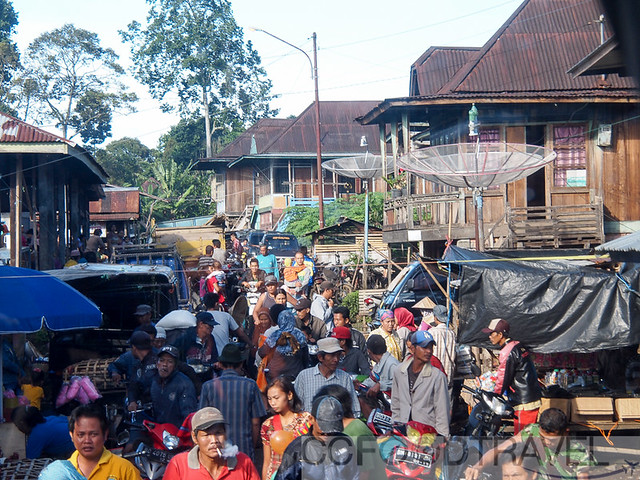
We traveled for 7 days in South Sumatra, a relatively short period to cover such a wide expanse. Here are our 10 best things to do in South Sumatra …
1. Visit Gua Putri and Gua Harimau, Batu Raja
Batu Raja (Baturaja) is the capital of Ogan Komering Ulu Regency. Located 120km south west of Palembang, about 3 hours drive, Baturaja is on the local tourist map for 2 famous caves, Gua Putri and Gua Harimau. The caves are located in Padang Bindu village 35km from Baturaja.
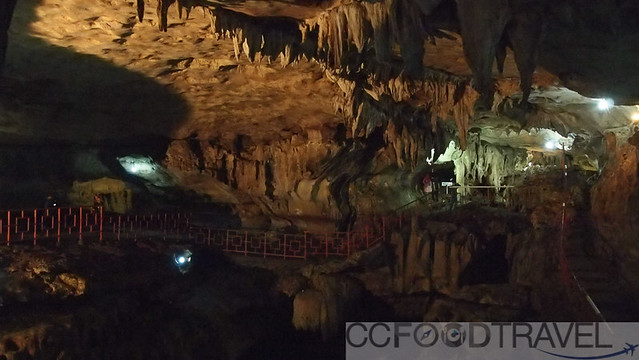
The large chamber inside Putri Cave
With limited time, we only had the opportunity to visit Putri Cave, a 20m wide and 160m long cave.
According to legend, a beautiful princess, Putri Dayang, who dwelled in this cave had been turned into stone by a sorcerer, Si Pahit Lidah.
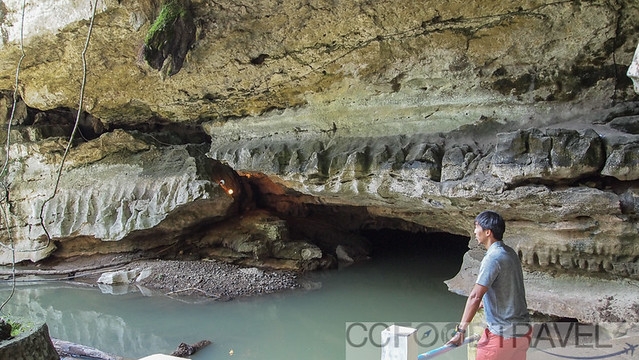
At the entrance of the cave is a pond which is fed by Semuhun River. The pond continues into the cave’s underground passages. Putri Dayang’s everlasting beauty is believed to be the result of bathing in the underground waters of the cave. Visitors can find their way inside the cave to an underground stream to test this folklore for themselves. Before entering the cave, we were advised to knock on a hanging rock to request entry permission from the cave spirits.
At Harimau (Tiger) Cave, archaeologists have discovered ancient artifacts, cave art and at least 70 mongoloid skeletons believed to be at least 3,000 years old. Some of the skeletons are displayed at Si Pahit Lidah (Bitter Tongue) Museum near Putri (Princess) Cave. We hope to visit this place on our next visit.
2. Frolick at Ranau Lake (Danau Ranau)
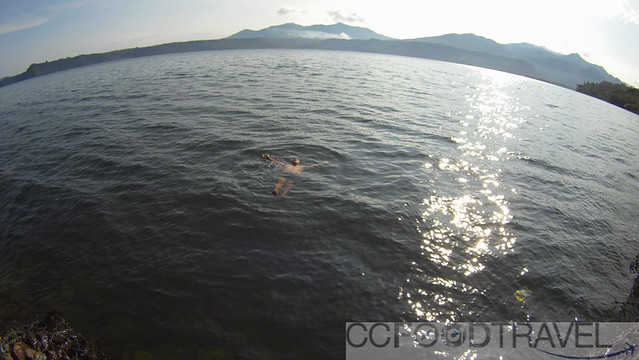
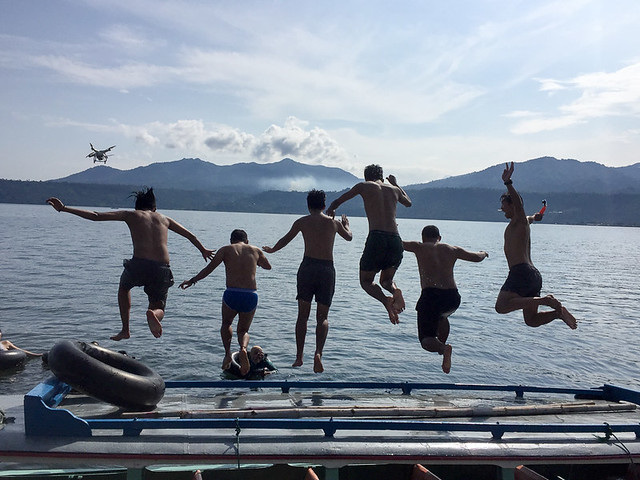
Jumping into Ranau Lake. Image: @pohtecktoes
Danau Ranau, the largest natural lake in South Sumatra and second largest in Sumatra after Lake Toba, is located between Ogan Komering Ulu and West Lampung Regency. This beautiful lake is located 324km (7+ hour drive) from Palembang and 125km from Baturaja.
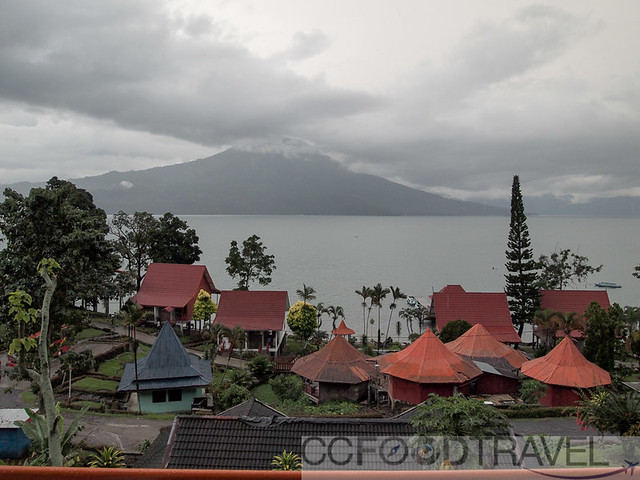
Wisma Pusri with Mount Seminung in the background
We stayed at Wisma Pusri in Banding Agung district which offered basic cottages and rooms by the lake. A pier here serves as one of the main jetties to catch boats to other parts of the lake. The key attractions at Ranau Lake are visiting Marisa Island, dining on fresh water fish caught from the lake (Mujair, Kepor, Kepiat, and Harongan), climbing Mount Seminung (1,881m), and bathing in the hot springs pool at the foot of Mt Seminung. Not too far from Wisma Pusri there is the Subik Tuha Waterfall with waters pouring down from a height of 30m.
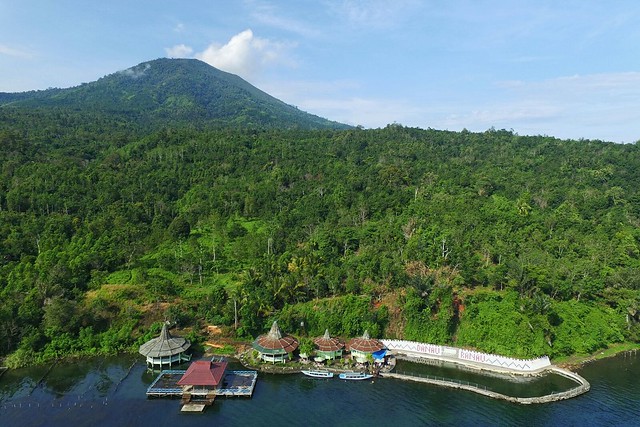
Mount Seminung and the hot springs pool. Drone image: @aliangger
The hot springs pool is located 30 minutes boat ride across from the Wisma Pusri pier. Do keep your expectations low though as the hot springs facilities are in dire need of refurbishment.
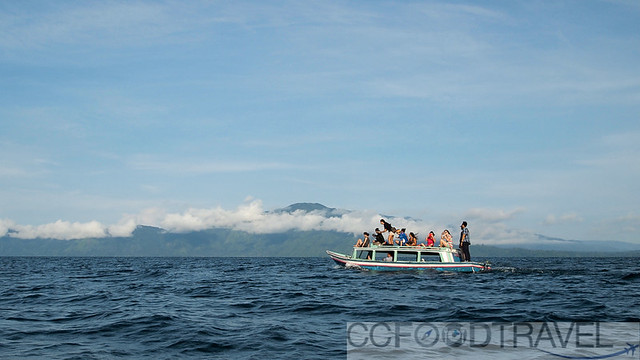
Off to hunt the albino Moby Dick!!
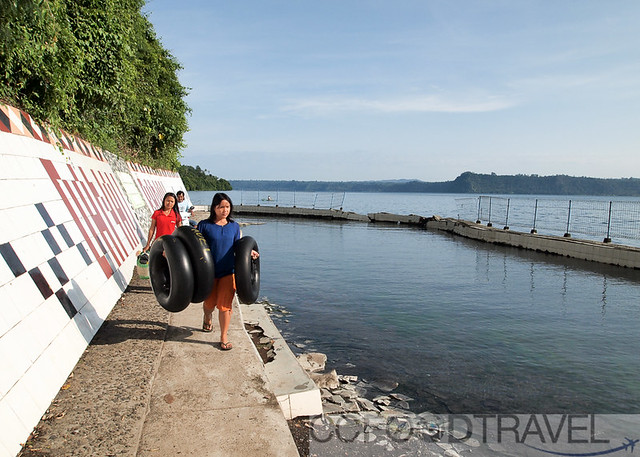
3. Go Rafting on Selabung River (Ranau Rafting)
After leaving Lake Ranau, we had a short rafting trip down Selabung River in the Banding Agung district. The river has one of the clearest waters we have seen in awhile and the guide told us that this never changes and water levels are always good.
We went through several rapids averaging levels 2-3 before having to having to cut it short to resume journey to our next destination. Their longest ride is 9km which averages 3 hours and costs only IDR250,000 (USD20) per person based on a minimum 5 persons. Definitely an activity we would return for if given the chance.
4. Visit Bedegung Waterfall
Bedegung Waterfall or Curup/Cughup Tenang at 99m high is one of the highest waterfalls of South Sumatra. It is located in Bedegung village, Tanjung Agung district, about 56 km south of the Muara Enim. Muara Enim is the capital city of Muara Enim regency. Muara Enim is 140km from Palembang and 200km from Ranau Lake.
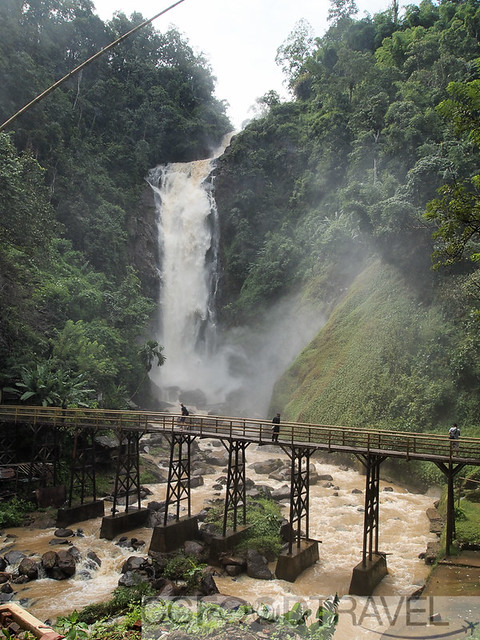
Visitors can walk down to the foot of the waterfall to bath in the mist of the waterfall. Bathers can also frolick in the rock pools further away from the thunderous force of the falling water.
5. Experience Enim River Whitewater Rafting, Muara Enim (Bedegung Rafting)
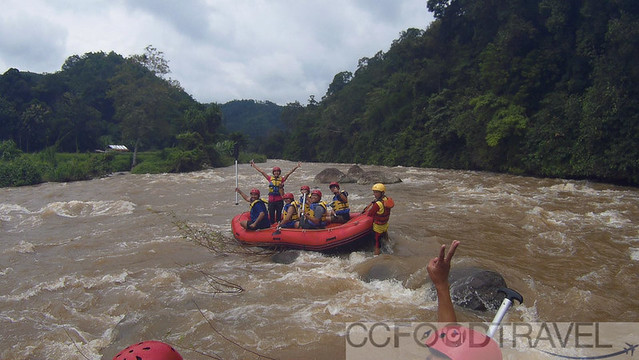
After the waterfall visit, we slipped on rafting safety gears once again to raft down Enim River, a brown colored river – probably browner than usual with the heavy siltation stirred up by the current rainy season. Rapids here were milder compared to Selabung River but the excitement level might change day to day. There are 3 packages which range from 3km to 8km with prices between IDR150,000 to 350,000 (USD12-25) per person based on minimum 6 persons.
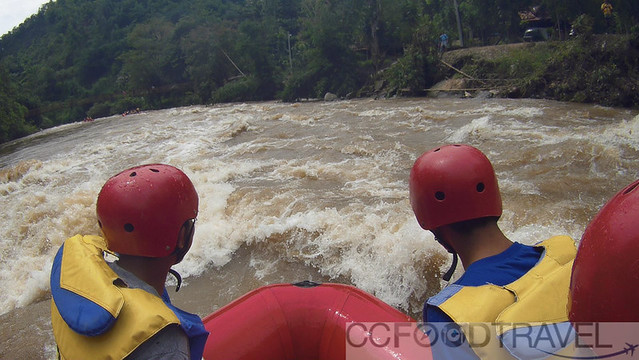
6. Visit the Mount Dempo Tea Plantations and Wake up to Sunrises in Pagaralam
Pagar Alam or sometimes joined as Pagaralam translates literally to mean ‘Natures Fence’. It is a city which lives up to its name as it is surrounded by nature. On our journey here, our bus climbed several steep hills and crossed many steel bridges over rivers. From our bus window, we saw adults toiling over their farm land, children walking to their schools, women caring for their babies, and families bathing in the rivers. Because of the hilly terrain, we saw many beautiful vistas, a lot of it was jungle and some parts, plantation. It made the long journey here pleasant to say the least. There are apparently hundreds of waterfalls hidden in its 634 sq km boundary.

Jempol or Serelo Hill (Thumb hill) on the journey to Pagaralam
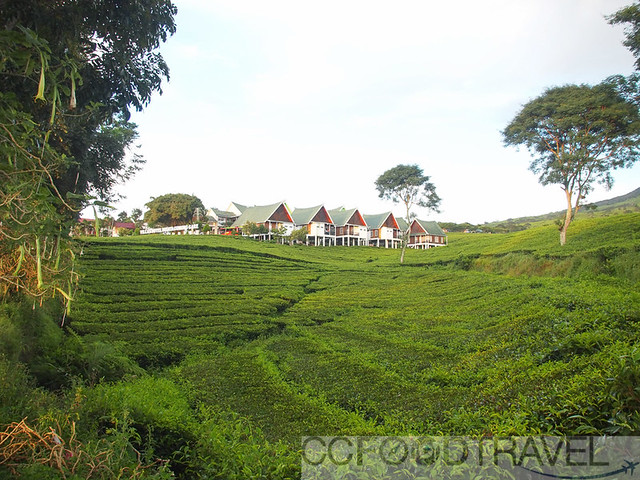
We arrived early evening in cool weathered Pagaralam and our lodging was the picturesque, Villa Gunung Gare, built within the boundaries of Gunung Dempo’s tea plantations. Its true beauty would only overwhelm us the next day as we woke up to the sight of misty Mount Dempo to the west and the rising sun from the silhouetted eastern mountains, casting its vermillion-orange hues on the green plantations.
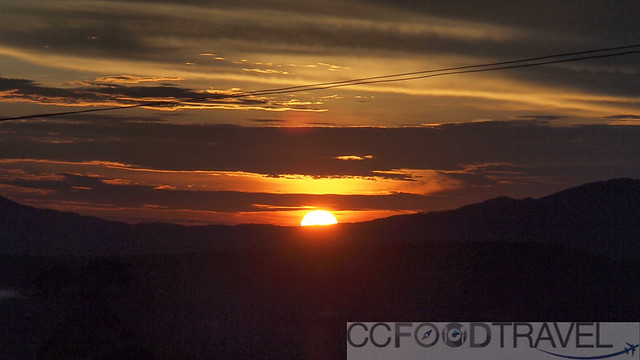
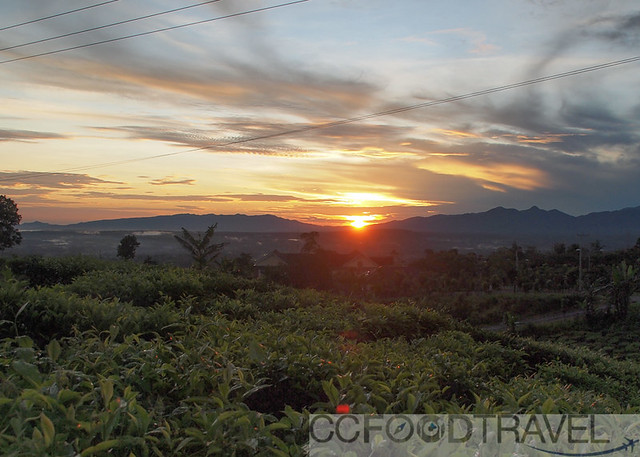
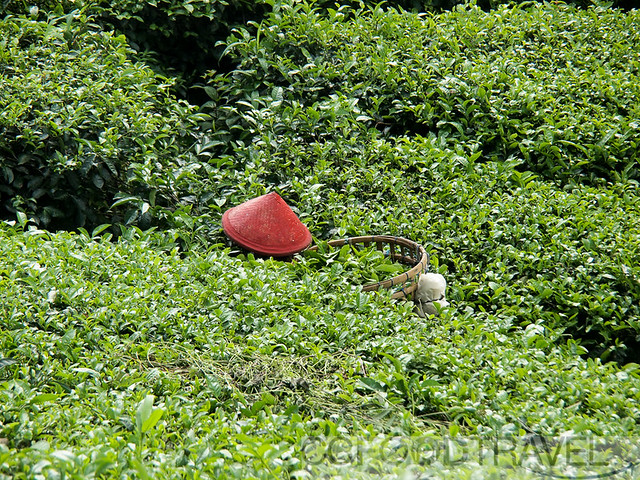
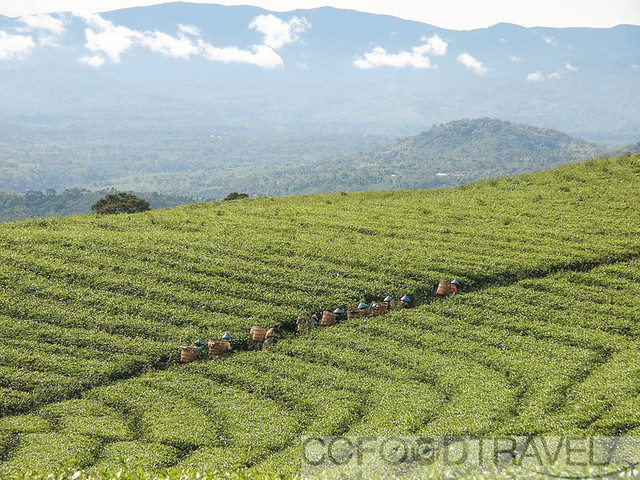

Picking young tea leaves for holiday wages
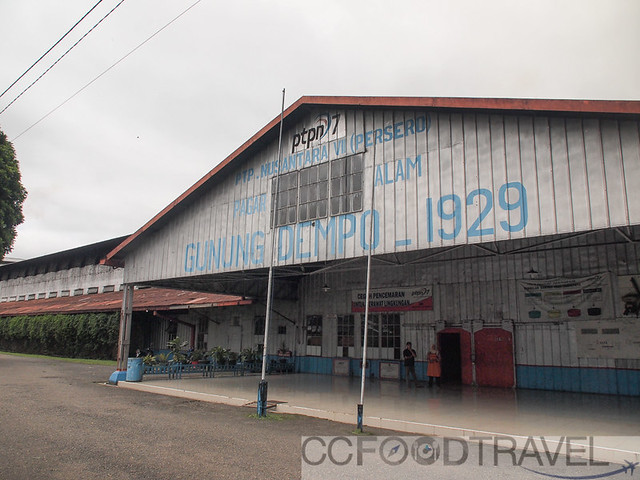
PTPN7 tea leaf procession center
7. See the Ancient Stone Relics, Tegur Wangi Village
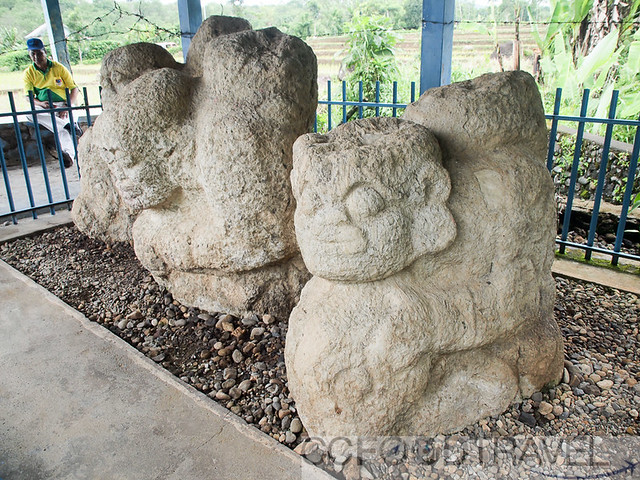

There are ancient civilizations in Sumatra still unknown to historians. Pagar Alam has several megalithic heritage sites with stone relics of unknown origin. Tegur Wangi village is one of several heritage sites where remnants from ancient times like statues, stone cists, menhir, dolmen, and monoliths have been discovered spread out on a paddy field. In the past, the area may have been a place of worship and burial.
8. Ride Dirt Buggies and Bikes, Rebah Tinggi village
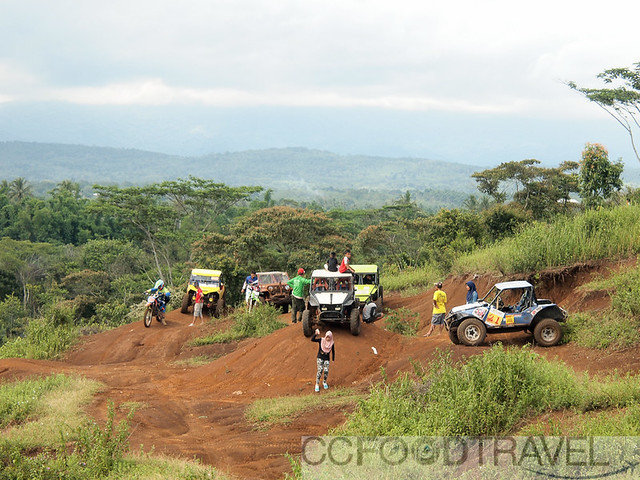
Following the low impact tour of Tegur Wangi, we shifted into higher gears with an off-road buggy ride in Rebah Tinggi village (North Dempo district). Definitely an exhilarating activity tearing up the grass and dirt trails on a hilly circuit. Some of us received warm muddy welcome sprays when the buggies hit the mud puddles. Price? Only IDR500,000 (USD 37) per person.
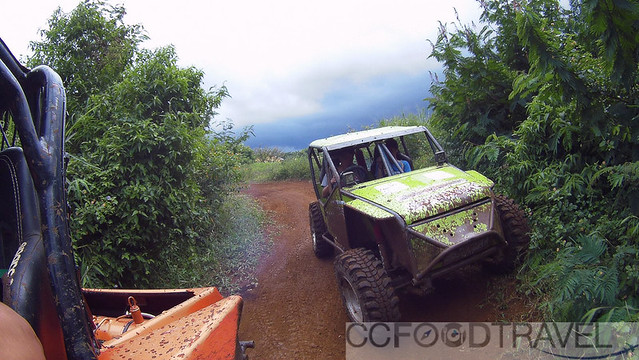
9. Visit Embun Waterfall/ Cughup Embun, Pematang Bango village
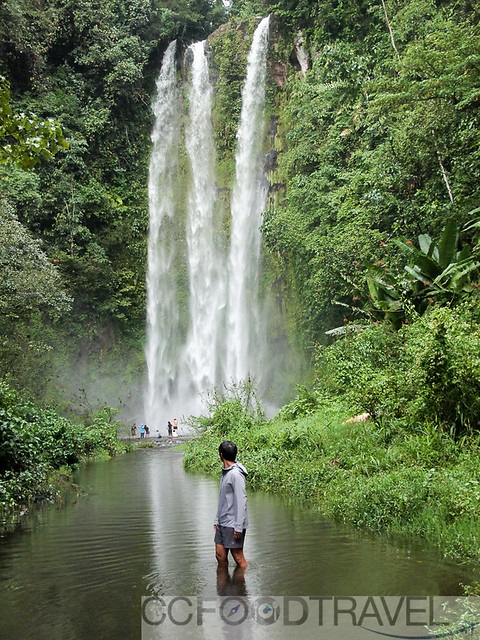
We ended our day washing off the mud at Embun Waterfall or Cughup Embun, a 100m high waterfall with 3 water streams plowing the base. Located at Pematang Bango village at the foot of Mount Dempo, visitors would need to walk down a cemented cascading stairwell before reaching the beautiful waterfall.

10. Climb Mount Dempo, the highest stratovolcano in South Sumatra
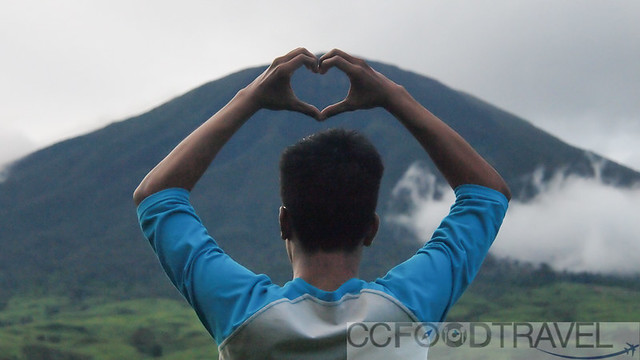
Maman hearts Mount Dempo
Though we didn’t get to hike up to the peak of Mount Dempo, it is an adventure we’d like to get into after hearing about its ‘rawness’ from locals. Mount Dempo (3195m asl) is the highest stratovolcano mountain in South Sumatra. At the top it has 7 craters and a 400m wide lake at the north-west end of the craters. It takes an average of 7-8 hours to reach its peak and visitors can camp on the mountain. Talking to tea plantation workers and a nature guide, tigers and other wildlife still roam the mountain jungle. Though, there has been many sightings of tigers, there are rarely any attacks on humans.There are unmarked trails so visitors require the assistance of a guide as well as the need to have their ‘ears on the ground, noses to the wind’ to avoid any unpleasant experiences.
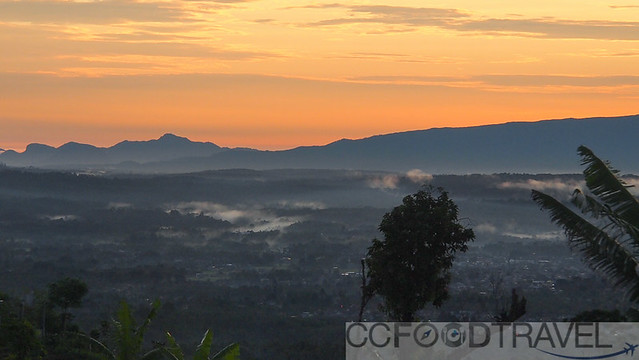
So far, we had only covered a fraction of the adventures available in South Sumatra. Destinations are wide-spread and getting to each of them is an adventure in itself.
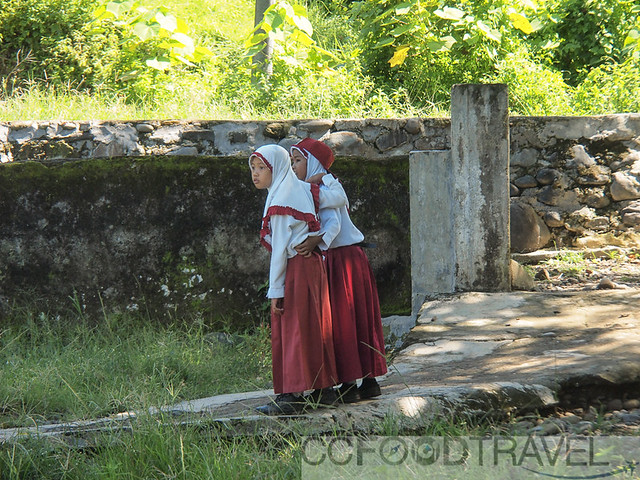
Indonesia continues to astound us with its variety of natural wonders, cultural diversity, and activities on each trip. Its people are always smiling and welcoming. Always so happy to meet a foreigner who wants to see their country and meet them. We look forward to many more adventures in Sumatra and the rest of Indonesia!
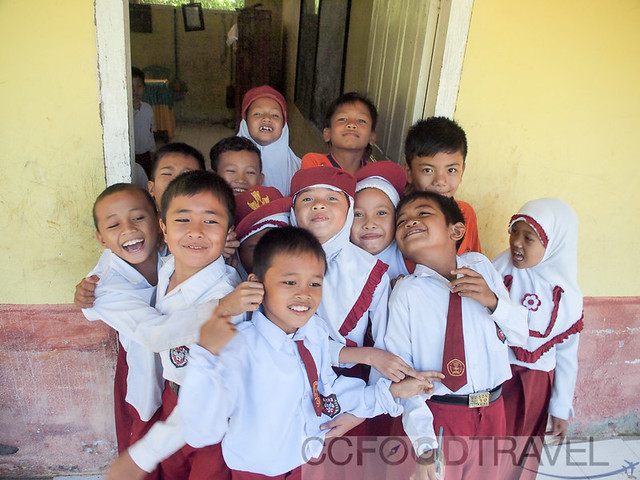
This trip was sponsored by Tourism South Sumatra. CCFoodTravel maintains full editorial control of the content published on this site as always.


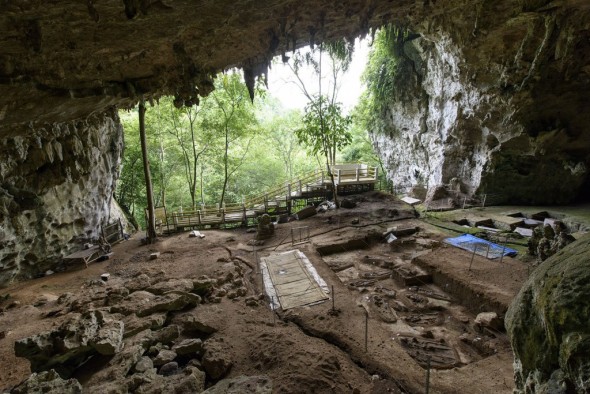




It looks like a really beautiful place! Thank you so much for sharing this lovely tour!
Linda, put this on your “must visit” list! 😀
i’ve only been in aceh in northern sumatra, but it was for work and it was a difficult time. i’ve never seriously considered palembang as a destination, but it looks very much worth exploring … the tea plantation landscape is lovely! 🙂
Yes definitely worth a visit this year Sean! 😀
That’s a neat looking cave!
One of the many!
Great place for an adventure trip. Was in Medan and Danau Toba, loved the lake area – laid back, nice and cool – just perfect for old folks like me. LOL!!!
hahaha.. I am sure you’re not old!! 😀
Hello Kak Mei and Kak Jo..
I couldn’t believe as Palembang people I also wanna having tour again by reading your post and picture. You conclude the trip very well by this post…. Proud to ever travel with the best one of you 🙂
Come again with your friends yah…..
Xoxo,
Inggih
Thanks! We plan to of course! 😀
We hiked Mount Dempo last year. It was an awesome experience, although a bit rough. Took us just over 8 hours to get to the top
Looks amazing place! I loved water rafting. For adventure trip, its a best place to go. Thanks for sharing your experience with this place.
It’s really great adventure and you should come back again, try explore another part of South Sumatra attraction again
Definitely on the cards!